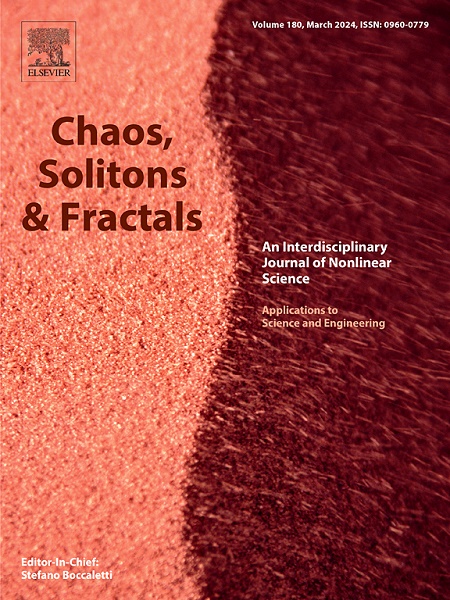A novel uncertainty-aware liquid neural network for noise-resilient time series forecasting and classification
IF 5.3
1区 数学
Q1 MATHEMATICS, INTERDISCIPLINARY APPLICATIONS
引用次数: 0
Abstract
While Liquid Neural Networks (LNN) are promising for modeling dynamic systems, there is no internal mechanism that quantifies the uncertainty of a prediction. This can produce overly confident outputs, especially when operating in noisy or uncertain environments. One potential issue that might be highlighted with LNNs is that their highly flexible connectivity leads to overfitting on the training data. This is targeted by the present work, which introduces the uncertainty-aware LNN framework, the UA-LNN, by considering Monte Carlo dropout for quantifying the uncertainty of LNNs. The proposed UA-LNN enhances the stochasticity of both training and inference, hence allowing for more reliable predictions by modeling output uncertainty. We applied the UA-LNN in the two tasks of time series forecasting and multi-class classification, where we showed its performance on a wide range of datasets and under different noise conditions. The proposed UA-LNN has shown the best results, outperforming the benchmarks of standard LNN, Long Short-Term Memory (LSTM) and Multilayer Perceptron (MLP) models in terms of R2, RMSE, and MAE consistently. Additionally, for performance metrics such as accuracy, precision, recall, and F1 score, the results showed improvement over LSTM and MLP models in multi-classification tasks. More importantly, under heavy noise, the UA-LNN maintained superior performance, while demonstrating enhanced classification capabilities across many datasets with challenging tasks, such as arrhythmia detection and cancer classification.
求助全文
约1分钟内获得全文
求助全文
来源期刊

Chaos Solitons & Fractals
物理-数学跨学科应用
CiteScore
13.20
自引率
10.30%
发文量
1087
审稿时长
9 months
期刊介绍:
Chaos, Solitons & Fractals strives to establish itself as a premier journal in the interdisciplinary realm of Nonlinear Science, Non-equilibrium, and Complex Phenomena. It welcomes submissions covering a broad spectrum of topics within this field, including dynamics, non-equilibrium processes in physics, chemistry, and geophysics, complex matter and networks, mathematical models, computational biology, applications to quantum and mesoscopic phenomena, fluctuations and random processes, self-organization, and social phenomena.
 求助内容:
求助内容: 应助结果提醒方式:
应助结果提醒方式:


